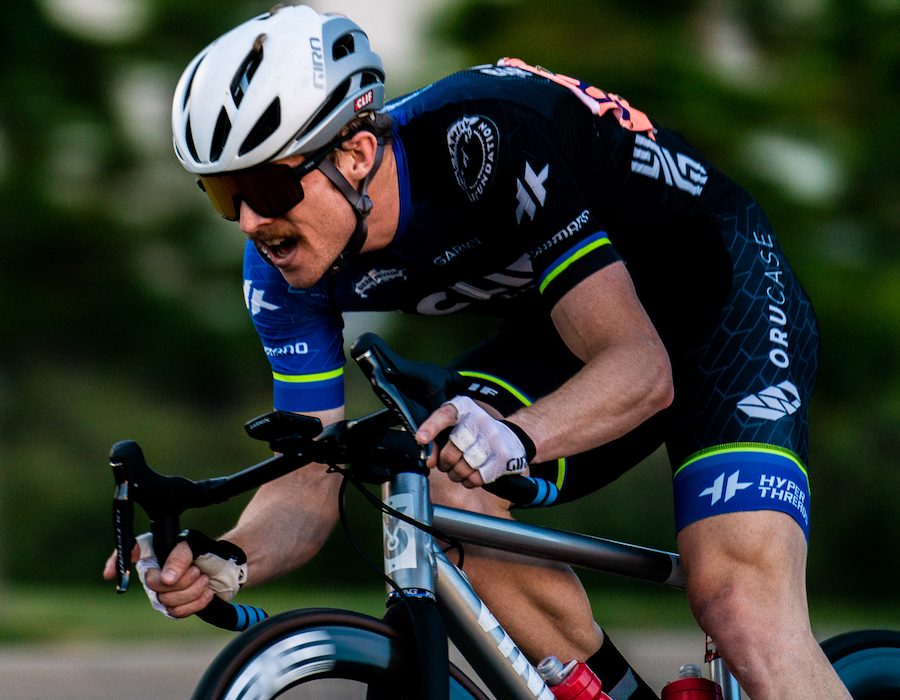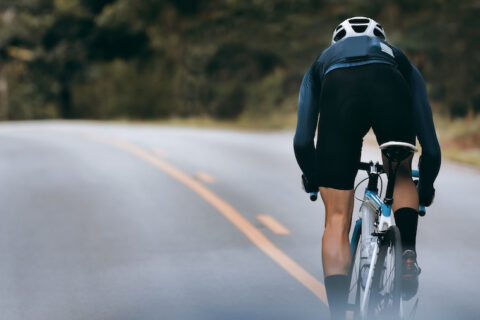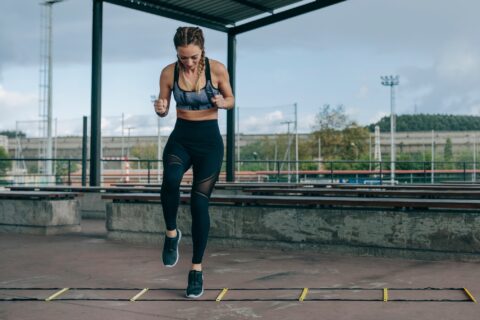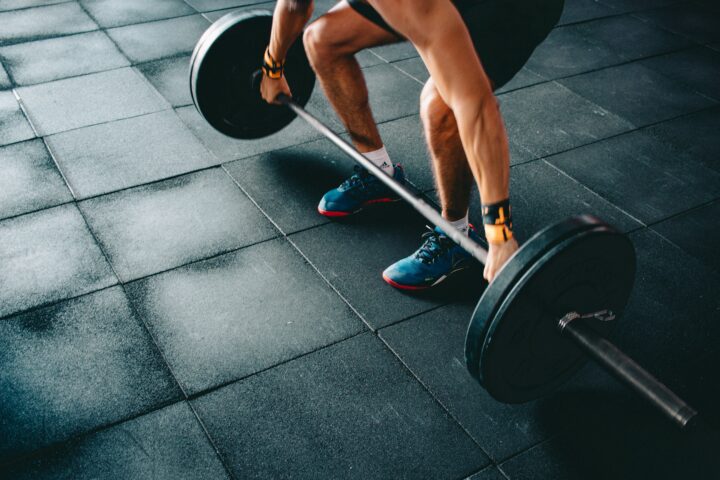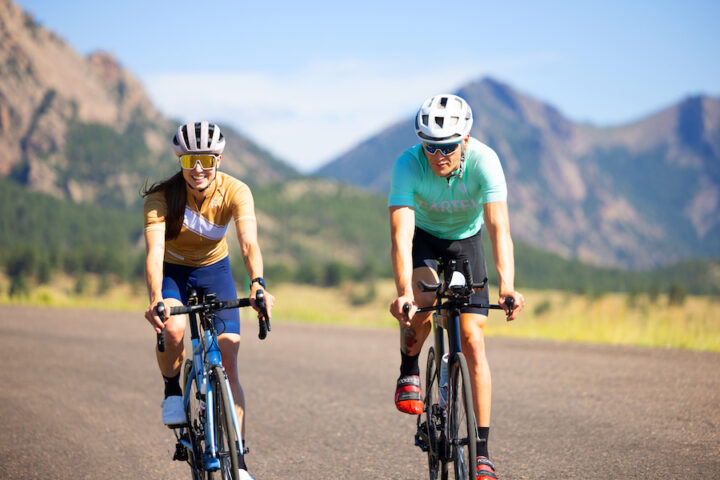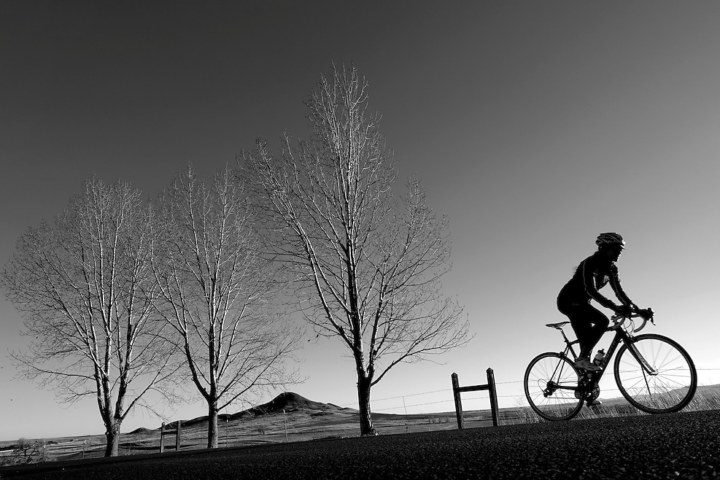The concepts of central and peripheral conditioning help explain why an effective training base period leads to speed and durability in the race season.
The concepts of central and peripheral conditioning help explain why an effective training base period leads to speed and durability in the race season.
